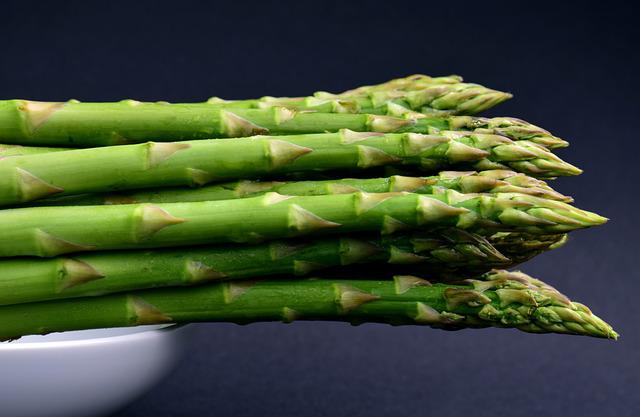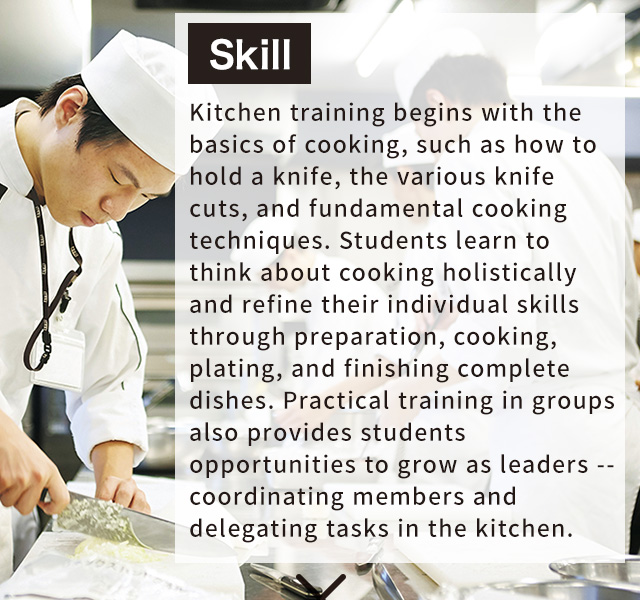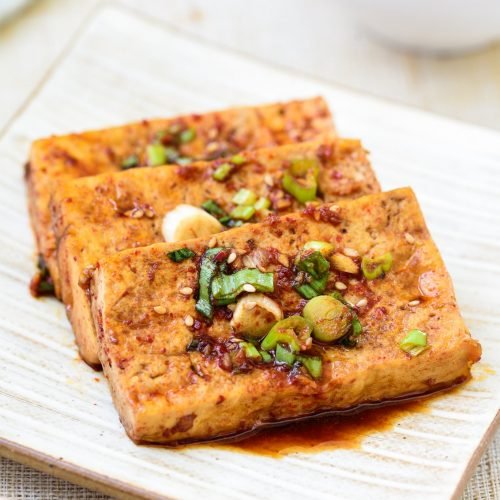
Today, non-stick pans can be coated with a variety of different materials. Each has their own benefits and drawbacks. Teflon, a material that is extremely durable and resistant to high temperatures, is the most common. Teflon can cause food poisoning if heated to high temperatures. We'll be talking about Teflon in this article and discussing the other alternatives. The best non-stick pans typically don't have this type of coating.
PFOA
It is not recommended to use nonstick cookware coated in PFOA and PTFE at high temperatures. These coatings degrade rapidly and release toxins when heated. Nonstick surfaces can also be affected by metal utensils. The coating may become less durable and release chemicals. This article will explain the health hazards and potential consequences of PFOA pans. These tips provide a comprehensive overview of nonstick pots.
PFOA (and other PFAS chemicals such as PTFE) are persistent in our environment. The chemicals can still be found in our drinking water, as well as in groundwater, if you used non-stick pans 10 years ago. These risks have prompted the Environmental Protection Agency and the World Health Organization to issue a health advisory. These chemicals were classified as "possibly dangerous to human health."
PTFE
Nonstick pan coatings made of PTFE are most popular and can prove to be extremely useful when preparing meals for large groups. These coatings prevent food sticking to the pan by preventing it from being coated with oil or nonstick cooking spray. Nonstick pans coated with PTFE are more expensive than regular nonstick ones. These nonstick pans do require regular maintenance and care. FDA considers nonstick pan coatings made of PTFE safe, however they are not completely harmless. Ceramic cookware is a healthier choice. Cast iron is free from PTFE and is therefore safer.

PFAS have been in cookware since decades. Many of these substances have been dumped into the waterways without regulation. According to the Environmental Working Group, 19 million Americans are at high risk of being exposed. The "Gen X" chemicals are the newest ingredients in nonstick pan coatings. These coatings are not tested in a controlled environment. Greblon, the company that makes Greblon's nonstick pan coatings, also produces a variety of PTFE.
Teflon
A nonstick pan with a Teflon nonstick coating has several disadvantages. These issues are most likely due to the PFOA, or polyfluoroalkyl substance (PFAS), that the coating contains. These chemicals have been banned for many years, but some cookware still uses PFOA. This is why it is important to stay clear of Teflon-based pans and instead use nonstick cookware made with other materials.
Teflon nonstick pans may contain PFOA, which can cause harm to the environment. It has been linked both to cancer and chronic kidney disease. Additionally, it has been shown to have an adverse effect on the male reproductive systems. The pan's toxic fumes can be released when it is heated too much. Therefore, high-temperature cooking should be avoided. It is best to avoid heating empty Teflon Pans in the oven or broiler to minimize your exposure to PFOA.
Nanoparticles
Non stick pan coatings are now coated with novel nanoparticles. They are currently being tested in food contact applications. While the release of nanoparticles in nonstick coatings is still not understood, recent studies have shown that these particles can leach into foods when they are exposed to high temperatures, repeated cooking, or when the pan's exterior becomes damaged. While this new technology is still very infancy, it could prove to be a valuable addition to nonstick saucepans.

PTFE, a substance that is often found in non-stick saucepans, has many safety concerns. The chemical pyrolysis products of heated polytetrafluoroethylene can cause acute toxicosis in budgerigars. However, these products do not harm humans in large quantities and therefore do not pose a health risk to consuming a small amount of PTFE.
FAQ
What are basic cooking skills?
Basic cooking skills are the ability to read and follow recipes. You need to master these skills if you want to cook for your own meals. Cooking is an excellent way to save money because you don’t have the need to eat out as often.
Do I need to go to culinary school to be a chef?
No. Many chefs learned their craft on their own. Some even went to culinary school just to gain experience. But most chefs prefer culinary school as it offers them more opportunities for learning and growth. Culinary schools offer hands-on training which allows students to improve their skills and knowledge of cooking.
How do I become a chef?
The first step toward getting a job as a chef is to complete a culinary arts degree. You should next join a professional organization such as the American Culinary Federation. This organization provides certification exams and offers networking opportunities.
What ingredients do I need to purchase to cook?
You don't have to buy all ingredients. Most grocery stores sell premade sauces and other items you can use as substitutes. Pre-made meals are a great way to save money.
How to be a Chef
There are many routes to becoming a chef. To start, you can take a course at your local community college. Next, consider attending culinary school. Finally, consider a paid internship.
How much does it cost for you to learn culinary arts?
Prices for studying culinary arts vary widely. A four-year degree in culinary arts typically costs around $40,000. A two-year associate's level degree can cost less than $5,000. The tuition rate you choose depends on the program. Prices for tuition are higher in private institutions than they are for public ones.
Statistics
- In the United States, the category is estimated at $23.2 billion annually and is growing faster than the market. (washingtonpost.com)
- You'll be amazed that over 90% of CIA students receive scholarships and grants to finish their culinary studies. (ischoolconnect.com)
- On average, chefs earn $58,740 a year, according to the BLS. - learnhowtobecome.org
External Links
How To
How to cook steak
The thickness and cooking method of any kind of meat will affect the way it is cooked. For example, thinner steaks are best cooked over low heat, while thicker ones need higher temperatures.
You should also ensure you don't overcook them because they'll lose flavor. Remember to take your steak out of the oven when it's done. You won't burn.
Cooking times vary depending on the size and degree of doneness desired. These are some guidelines:
Medium Rare: Cook until medium rare, which means the internal temperature reaches 145degF (63degC). This can take anywhere from 3 to 5 minutes per side.
Medium: Cook to medium (or until the internal temperature reaches 160degF/71degC). This usually takes about 6 minutes per side.
Cook well until done. That means that the internal temp reaches 180degF (82degC). This usually requires 8 to 12 minutes per side.